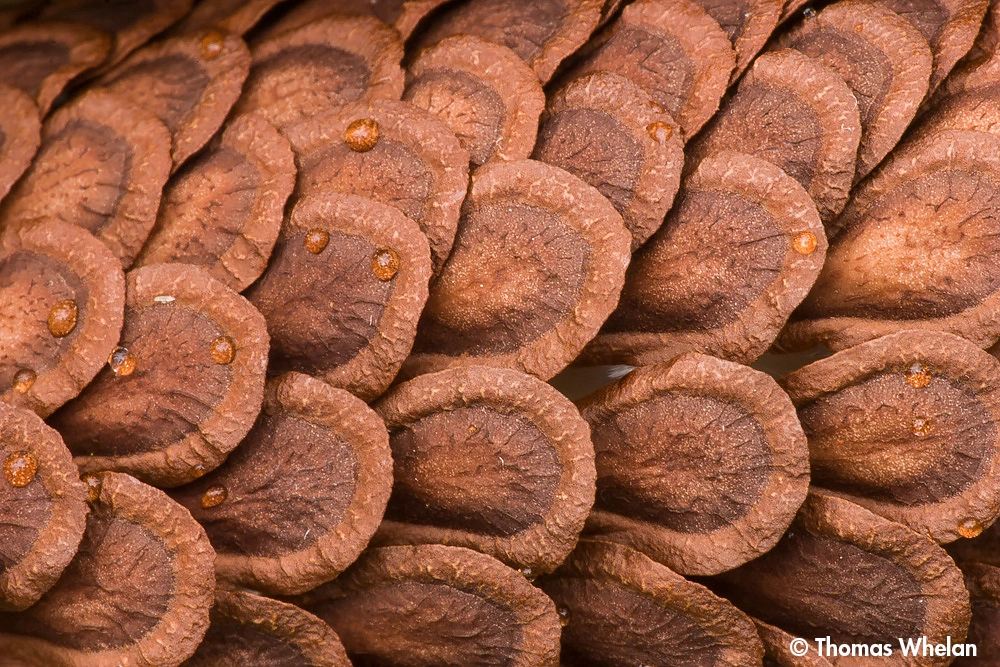Milkweed, a plant commonly associated with the fluttering wings of Monarch butterflies, holds a secret. Beyond its vibrant blossoms and pivotal role in the butterfly’s life cycle, milkweed hides a remarkable and unique pollination mechanism. Let’s delve into the world of milkweed pollination and uncover the steps of this botanical dance.

Milkweed Seeds
Seeds for growing plants in the Milkweed genus (Asclepias); required for all Milkweed butterflies, like the Monarch and Queen.
Milkweed’s Special Pollination System
Unlike many plants that produce loose pollen grains, milkweed has a special system: its pollen grains are grouped in structures called pollinia. Think of pollinia as tiny saddlebags of pollen, and there’s a catch—these saddlebags need to be picked up and attached to a specific part of an insect to be successfully transported.
The Role of Insects
For pollination to occur, an insect, like a bee or a butterfly, must visit the flower to collect nectar. As the insect reaches into the flower’s deep nectar stores, its legs slip into specialized slits where the pollinia are stored. As the insect pulls its leg out, it often takes the pollinia with it.
For successful pollination:
1. The insect must visit another milkweed flower.
2. The pollinia must then slip into a different slit in this new flower, depositing the pollen and fertilizing the plant.
The process is akin to a lock-and-key mechanism, where both the insect and the flower must align perfectly for pollination success.